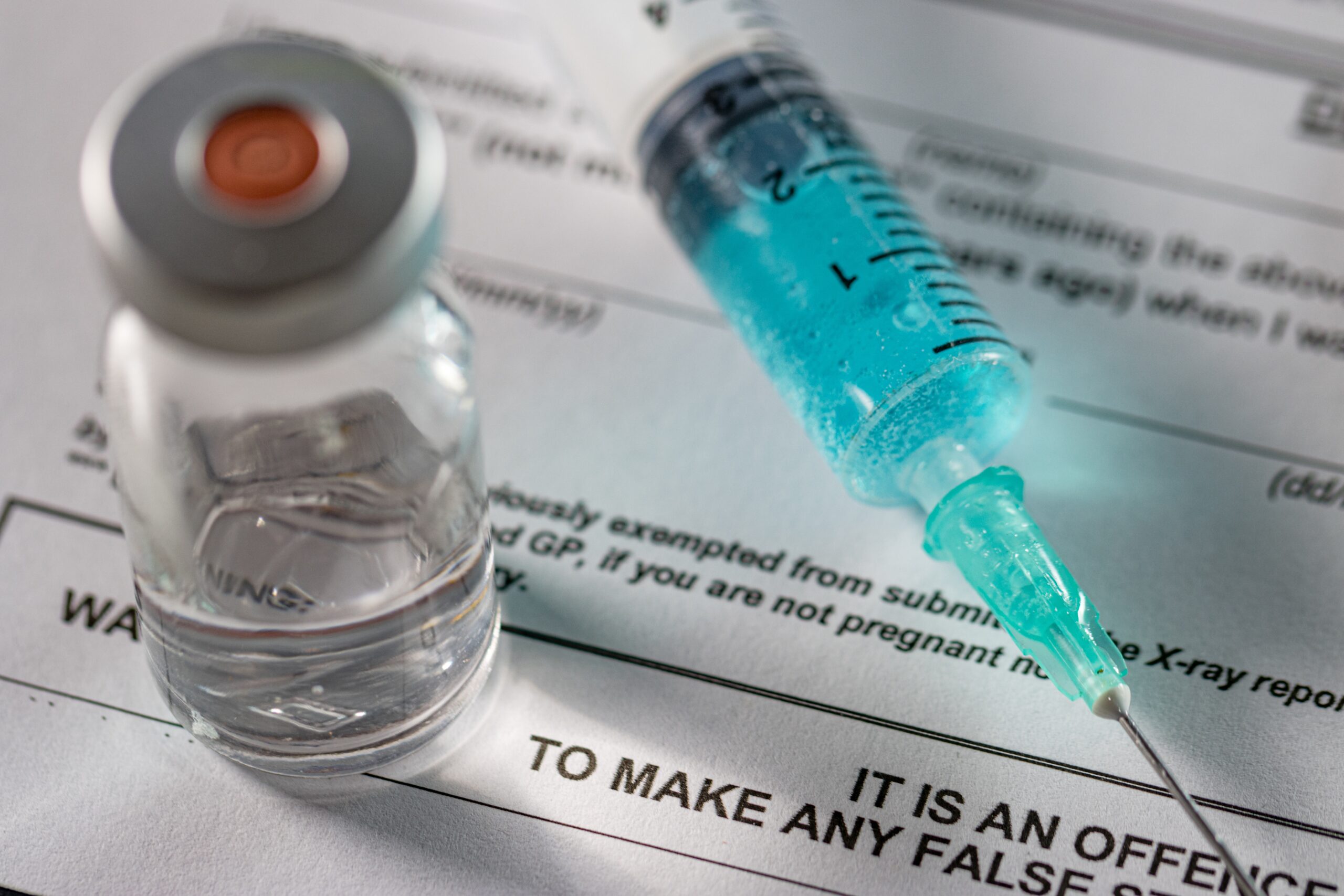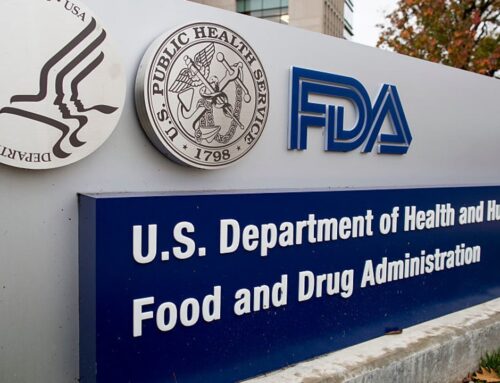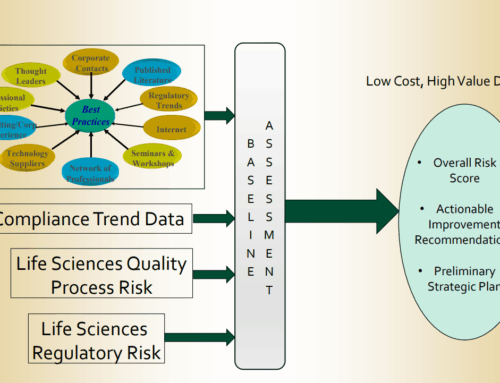Popular Tags

FDA Launches Communications Pilot to Accelerate High-Risk Medical Device Recall Notifications
In a move aimed at strengthening patient safety and enhancing transparency, the FDA’s Center for Devices and Radiological Health (CDRH) has announced a new communications pilot program that seeks to reduce the time between the agency’s awareness of a high-risk medical device issue and its public notification.
This initiative reflects the agency’s commitment to ensuring that healthcare providers and patients receive critical safety information more quickly—particularly when a device is removed, corrected, or requires updated usage instructions due to a potential high safety risk.
What the Pilot Program Includes
According to Dr. Michelle Tarver, Director of CDRH, this pilot will initially focus on early alerts related to potentially high-risk removals or corrections in five key medical device areas:
-
Cardiovascular
-
Gastrorenal
-
General hospital
-
Obstetrics and gynecology
-
Urology
At this time, recall processes and communication timelines for other device areas will remain unchanged.
Why This Matters
For life sciences manufacturers, this pilot is a clear signal that expectations are shifting—not just in how recalls are conducted, but how quickly stakeholders are informed. As the FDA continues to modernize its safety communication strategy, manufacturers must be prepared to:
-
Identify and assess safety signals earlier in the product lifecycle
-
Coordinate internal communications rapidly following potential adverse findings
-
Ensure labeling, instructions for use, and corrective actions are clear and ready for public disclosure
This evolution comes in response to long-standing feedback from both patients and healthcare providers—especially via forums like the Patient Engagement Advisory Committee (PEAC)—which emphasized the need for more timely and clear communications about device safety concerns.
What This Means for Manufacturers
If your organization is involved in the development, manufacturing, or distribution of medical devices, this pilot should prompt a reassessment of your recall readiness, including:
-
How quickly your internal systems detect and escalate safety signals
-
Whether your risk management files reflect current use and post-market realities
-
The strength of your communication workflows, both internally and externally
-
Your ability to proactively collaborate with the FDA should a safety event occur
This is not just a regulatory update—it’s a call for companies to strengthen their risk and recall communication infrastructures to align with a faster-moving regulatory landscape.
QSN’s Perspective
At Quality Solutions Now, we help clients design risk management frameworks, recall procedures, and communication protocols that don’t just check a box — they work in real-time. With the FDA now formalizing expectations for faster, more transparent safety communication, being prepared isn’t optional — it’s essential.
We welcome this pilot as a positive step toward greater alignment between regulators, manufacturers, and patients, and we’re here to support companies in responding strategically and responsibly.
Read the full FDA Announcement here.
Need help preparing for evolving FDA recall expectations?
Reach out to our team to learn how we can support your risk and communication strategy.
📩 info@qualitysolutionsnow.com | 🌐 www.qualitysolutionsnow.com










